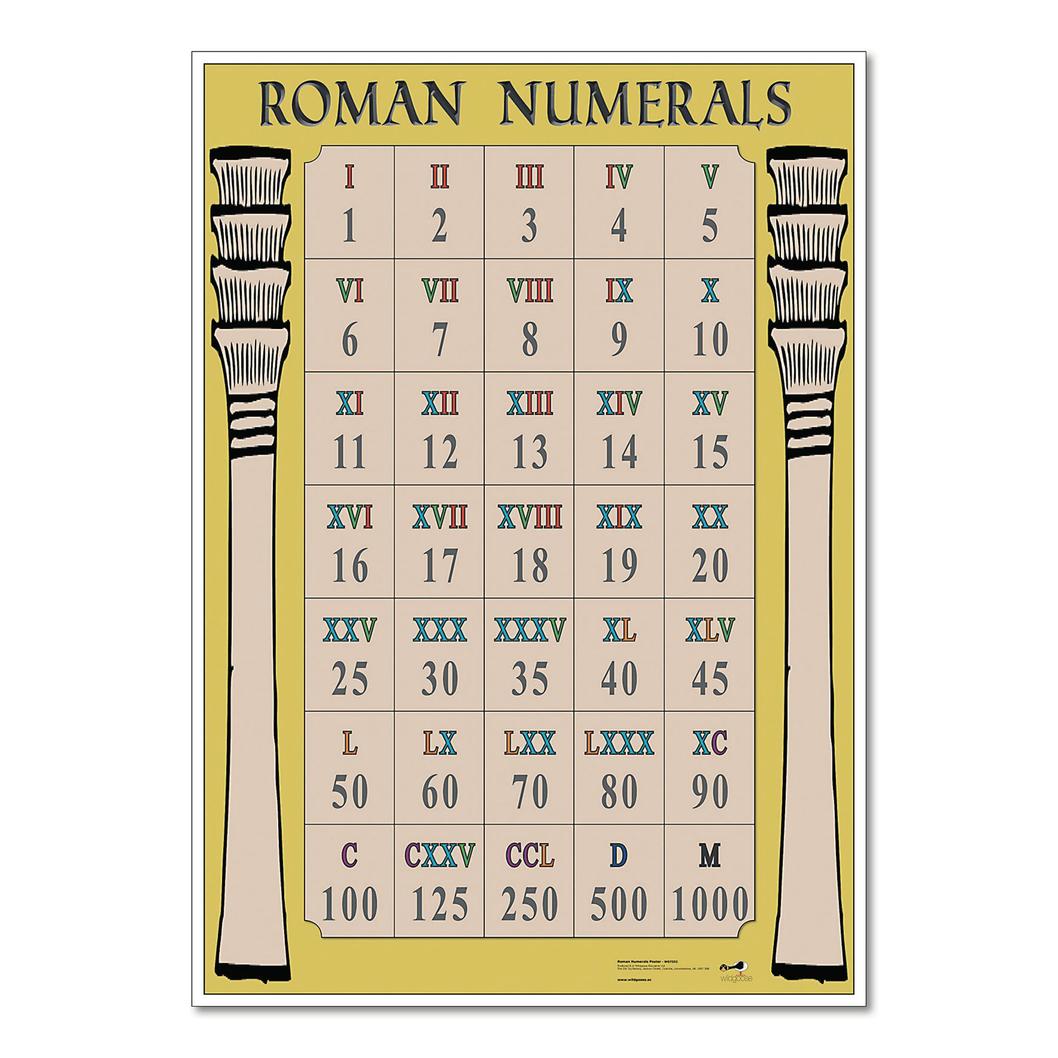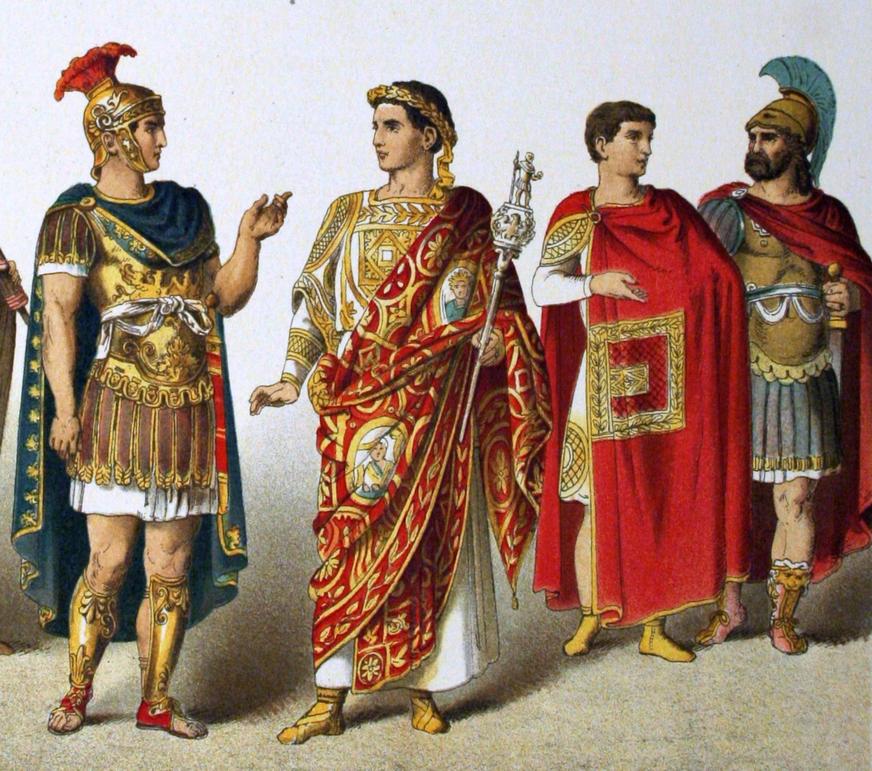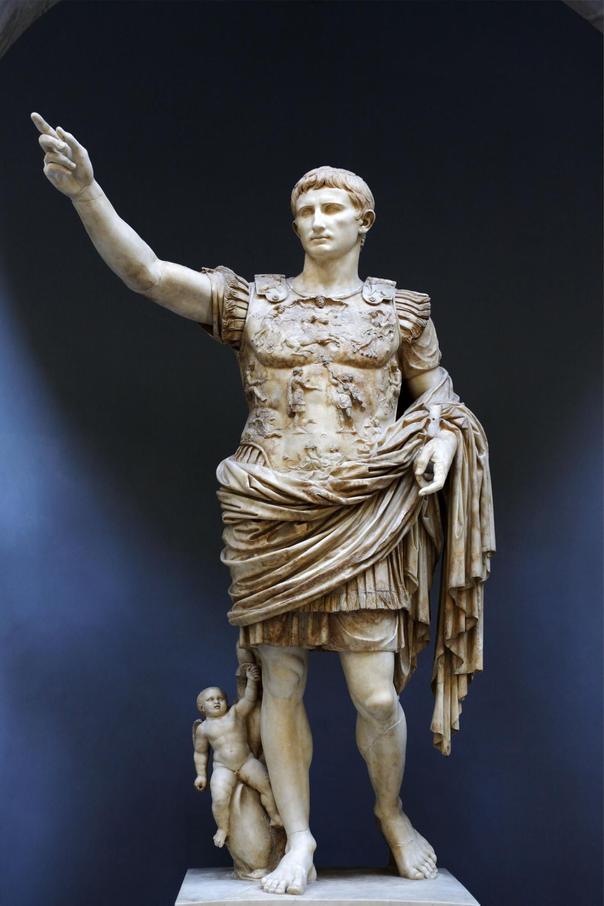Roman soldiers did get tattoos, but not typically during the Republic or the high Empire periods, and the practice was more common in late antiquity. Evidence from Roman civilian life suggests tattoos held negative connotations and were mostly associated with slaves, criminals, or prisoners of war. However, some late antique military sources indicate that tattooing soldiers was an established practice during that later period.

Tattooing in ancient Rome and Greece served mainly as a stigmatizing mark. Tattoos, often placed on the face, identified criminals or those punished, marking them permanently to prevent escape or concealment. This is reflected in the term stigma and its modern meaning. Decorative tattoos were rare and linked to “barbarian” groups or foreign cults, which Romans generally disdained.
Military tattooing differed by location and purpose. While punitive tattoos usually appeared on the face, soldiers’ tattoos were reported primarily on hands or arms. These military markings aimed to deter desertion by making troops identifiable if they fled. This practice is mentioned notably by Vegetius in De Re Militari (late Empire) and by the 6th-century Greek doctor Aetius, who distinguished soldier tattoos on hands from facial stigmas.

The exact designs of these military tattoos remain uncertain. Scholars speculate that they might have included legion numbers, the eagle symbol, or the acronym SPQR to signify allegiance, but no ancient source confirms these details. The lack of such imagery in classical Roman art or literature suggests military tattooing was not widespread or culturally embraced during earlier Roman times.
Some ancient medical writings also discuss tattoo removal, underscoring the general Roman dislike for tattoos. This reinforces the idea that military tattooing was a specific, pragmatic measure rather than a common cultural practice.

- Roman military tattooing is documented mainly in late antiquity, not earlier periods.
- Tattoos generally carried negative stigma in Graeco-Roman society and were linked to punishment or identification of undesirables.
- Military tattoos, placed on arms or hands, aimed to prevent desertion.
- The designs of these tattoos remain speculative, with no clear historical records.
- Roman medical texts mention tattoo removal, highlighting low popularity of tattoos.
Did Roman Soldiers Typically Get Tattoos?
The short answer: Yes, Roman soldiers did get tattoos, but mainly in late antiquity and not as commonly or glamorously as we might imagine. This answer flips some common assumptions about tattoos in ancient Rome on their head. While Roman civilians generally scorned tattoos, the military had a different story, and it’s worth unpacking the nuances here.

Let’s clear something up right away. When we think of tattoos today, most imagine artful, symbolic designs worn with pride. That wasn’t the typical Roman vibe. In Roman civilian life, tattoos carried heavy stigma. They were mostly marks of shame or punishment. Slaves, criminals, and prisoners of war were tattooed—often on their faces, so everyone could “read” their social status at a glance. Decorative or celebratory tattooing was hardly ever a thing among ordinary Romans.
So how did the rough and tumble world of the Roman military diverge so much? Here’s the kicker: scholarly interest in Roman tattoos has been scarce. Historians traditionally focus on grand battles and politics, not ink on skin. However, some late antique sources clearly state that military tattooing was a real and established practice by those times. It’s not ancient hearsay or myth.

The Tattoos of Roman Soldiers: What and Why?
Silencing modern stereotypes, these military tattoos were mainly applied to soldiers’ hands or arms. This contrasts with the civilian punitive tattoos on faces, hinting that the army’s use was less about shaming and more practical. What purpose did these tattoos serve? Experts speculate it was to prevent desertion. Imagine being a soldier with your unit’s identity permanently marked on your skin—deserting just got a whole lot riskier and complicated.

Did soldiers flaunt grand designs of legion numbers, the legion eagle, or the famous “SPQR”? We’d love to say yes, but sources don’t confirm what these tattoos specifically depicted. It’s reasonable to think that military tattoos contained legion insignia or identifying marks, but that remains educated guesswork.
Importantly, these military tattoo references come from late antiquity—think 4th century onward—suggesting it may have been a later addition to military discipline. During the glory days of the Republic or early Empire, tattoos don’t show up in classical art or literature alongside the usual martial virtues. That absence hints tattooing probably wasn’t widespread among Roman troops back then.

Ancient Voices on Tattoos: Evidence from the Past
Two key voices from the late Roman world describe military tattooing:
- Vegetius Renatus, in his De Re Militari (late Empire), advises against marking a recruit immediately. He suggests waiting until the soldier proves his worth through training before branding him with “pin-pricks of the official mark.” This signals tattoos may have functioned as marks of proven loyalty or belonging, not just arbitrary decorations.
- Aetius, a 6th-century Greek doctor, explicitly mentions tattoos on soldiers’ hands. His medical text discusses existing techniques to remove tattoos, indicating even back then, some people regretted getting inked.
These sources reinforce the idea that soldier tattoos were practical, official marks—not casual body art.
Tattoos and Roman Society: Why the Negative Stigma?
It’s fascinating to explore why tattoos carried such negative weight for Romans. The Greek and Roman word stigma originally referred to a mark or prick made by a pointed instrument. This led to the modern English meaning of “stigma” as shame or social mark. So, tattoos practically shouted, “I am a slave!” or “I have broken the law!” in the eyes of many.
Roman society prized physical and moral “purity”—tattoos conflicted with that ideal. The fact that ancient doctors tried to develop tattoo removal techniques tells us the negative views ran deep. If soldiers had tattoos, it was probably because the military pressed a practical need stronger than social prejudice.
What Can Modern Readers Learn from This?
The story of Roman soldier tattoos challenges our assumptions. We tend to see Romans as rigid and uniform in their values, but their military practices show complexity and adaptation. Tattoos weren’t widespread civilian fashion statements but served specific military roles—like deterrence against desertion and proof of identity.
So, if you ever wonder about the ancient world’s inked warriors, remember this: Roman soldiers’ tattoos were less about self-expression and more about discipline and duty. It’s another reminder that history often surprises us when we dig beneath the surface.
Practical Tips for History Lovers and Tattoo Enthusiasts
- If you’re trying to recreate a historically inspired Roman soldier look, keep tattoos subtle and on hands or arms, not elaborate full-body designs.
- For writers or game designers, using tattoos as military marks that deter desertion or signify rank adds realism to ancient settings.
- Historians curious about late antiquity might explore how changing military and social conditions led to the acceptance of tattoos among troops.
“A recruit should not be tattooed immediately but tested first.” – Vegetius Renatus, De Re Militari
In conclusion, Roman soldiers did get tattoos, but mostly in late antiquity and not as acts of personal art or honor. Tattoos were official, practical marks tied to military identity, not widespread decorations like today. Understanding this distinction helps us appreciate Roman military culture’s complexity beyond the usual battlefield glory stories.




